The Poly
24 Church St, Falmouth : 01326 319461
The Royal Cornwall Polytechnic Society
What's On Calendar
Have a look at the calendar text here to see what's coming up.
Search results // church
Your returned search results are below.
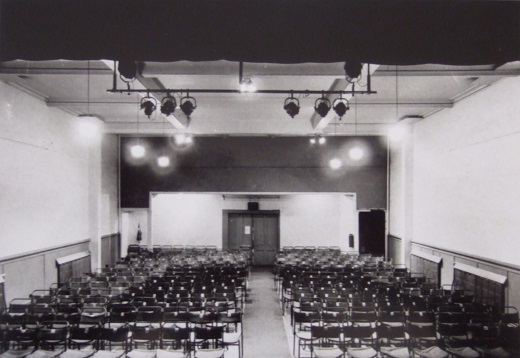
The Poly in the time of Howard Spring
When Howard Spring joined the RCPS in 1940, it was a Society of 217 members. The Church Street building was owned by the Society, but parts of it were sub-let. There was a Library and the Falmouth Museum was housed in the gallery above the Large Hall and in the Chellew Room. A caretaker was employed.
Elsewhere in Falmouth the Society ran a Meteorological Observatory. The focus of the Society as reflected in the Annual Reports of the 1940's was Cornwall wide, not only Falmouth, with lectures, visits, an essay competition, weather reporting, a library and museum.
Read about Howard Spring's involvement with The Poly here.
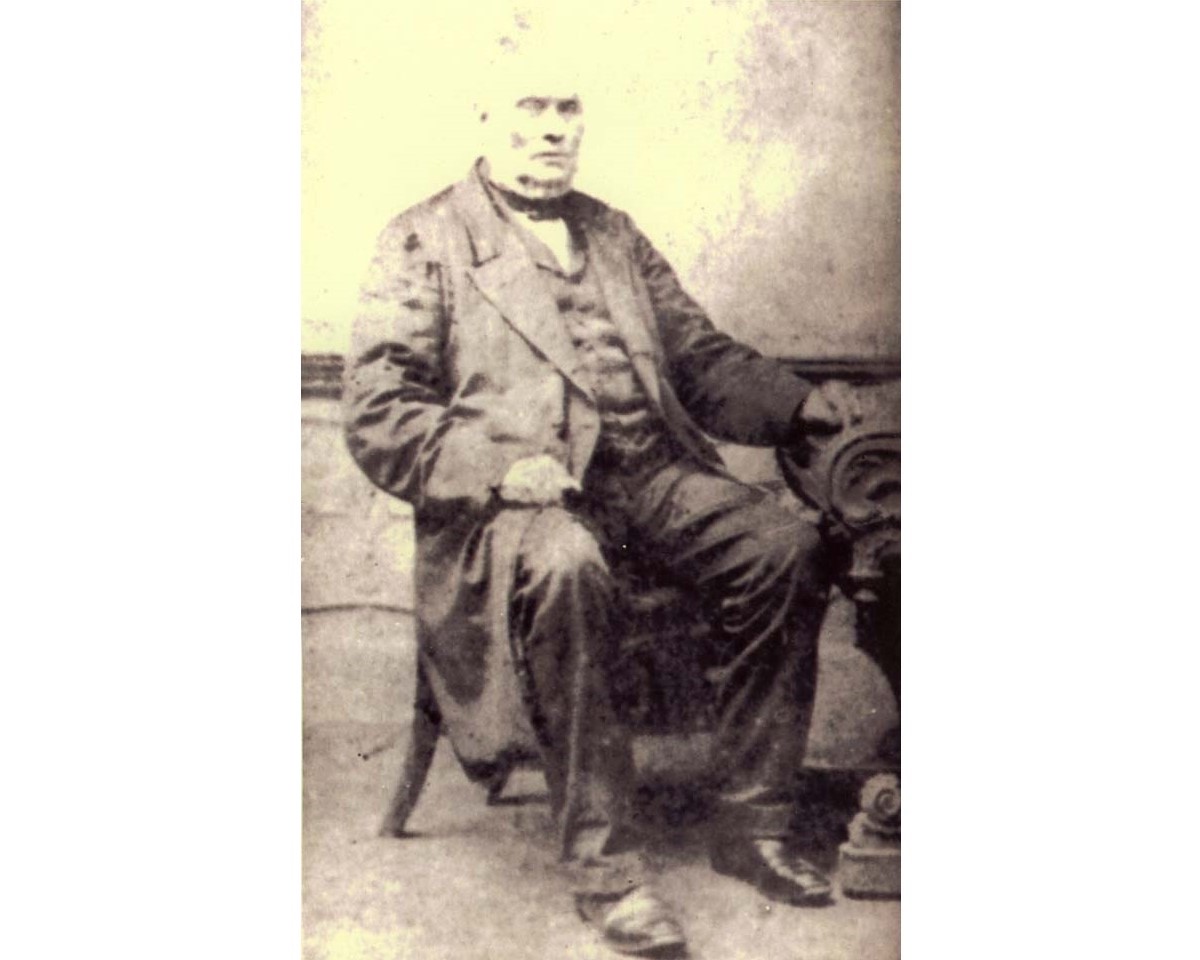
Michael Loam Inventor of the Man Engine
Michael Loam, ca 1860s, Tresavean Mine Engineer and inventor or developer of the Man Engine, was born on the 1st November 1797 at Ludgvan, Cornwall. He died on the 14th July 1871 and was buried in Gwennap churchyard.
He built the first Cornish Man Engine at the Tresavean mine in Gwennap Parish in 1842, adapted from a German design, to win a competition sponsored by the Royal Cornwall Polytechnic Society. After a successful trial period, the Tresavean Mine's Directors gave the go ahead to extend down to the 248 fathom level, the first of 16 such engines to be built in Cornwall.
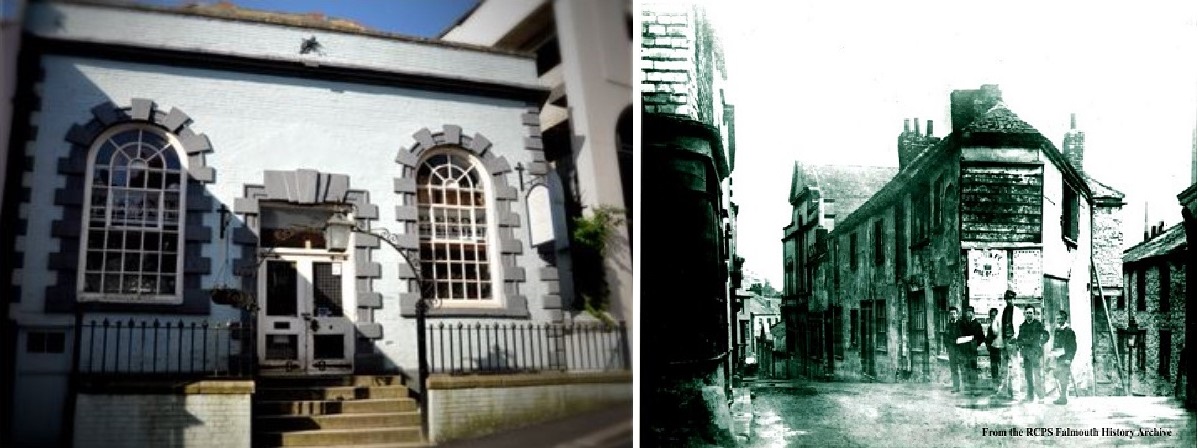
Early Congregational Churches
The first Congregational Church in Falmouth was built on the High Street in 1662. This became a town hall when a new building was constructed on Prince Street.

Parish Church of King Charles the Martyr
Before and during 1898/1899 restoration
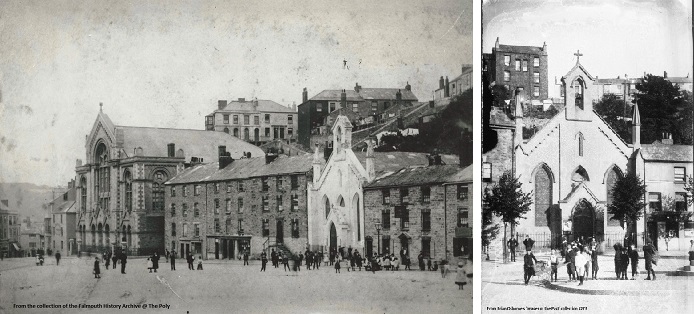
Mission Church, Killigrew Street
The Moor, Wesleyan Church and Mission Church, ca 1900; and Mission Church ca 1910
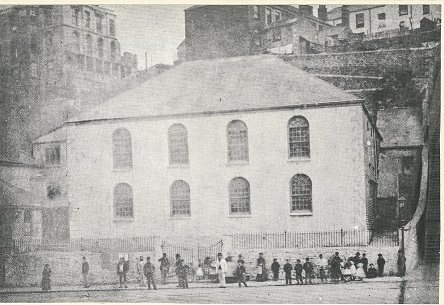
Wesleyan Church
Wesleyan Church, The Moor, built ca 1791

Wesleyan Church, The Moor
Left: ca 1914; Right: ca 1950s after reconstruction following World War 2 bomb damage

Later Congregational Church
In 1853, a new church was built on High Street, next door to the site of the first church.
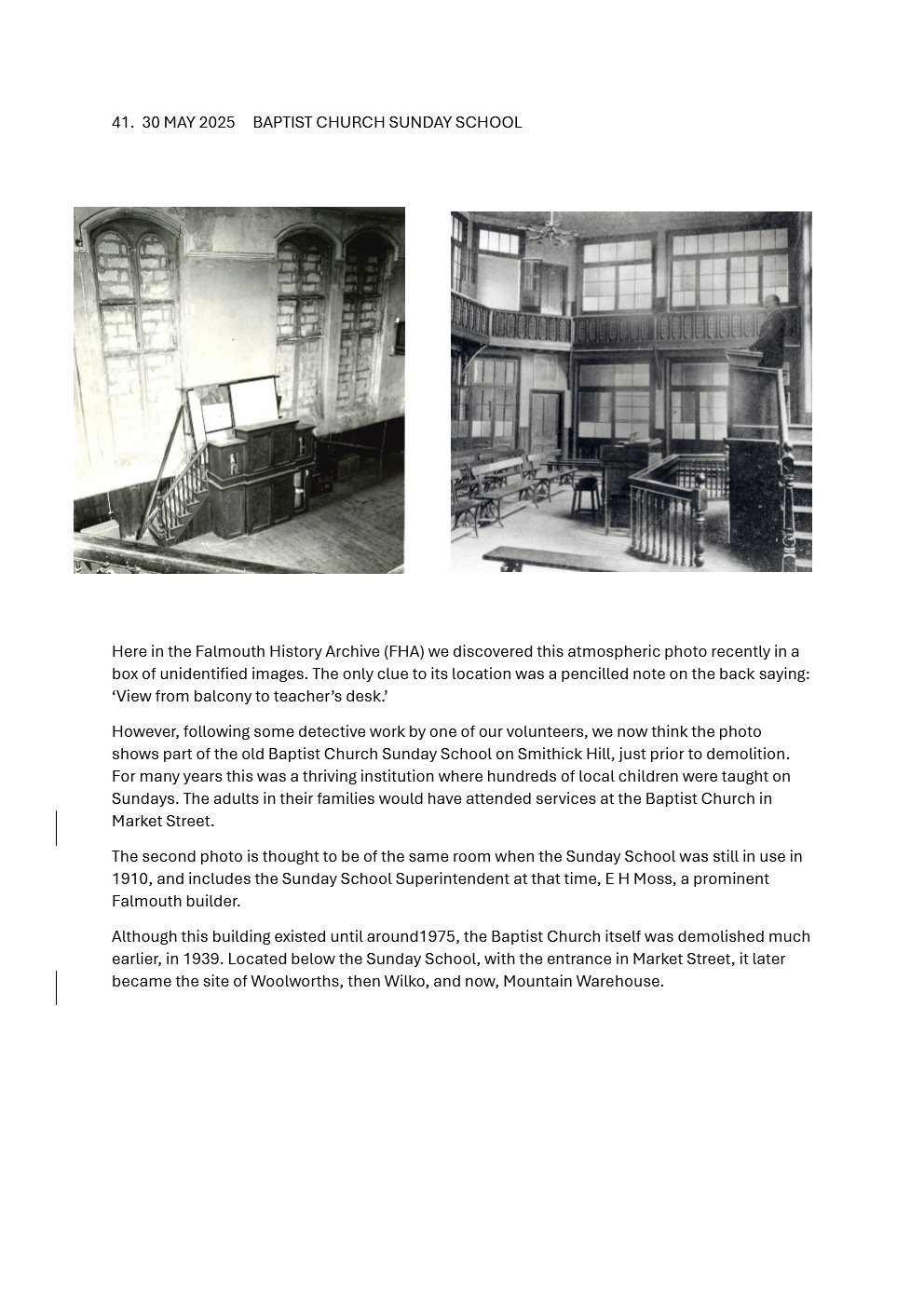

 Calendar
Calendar